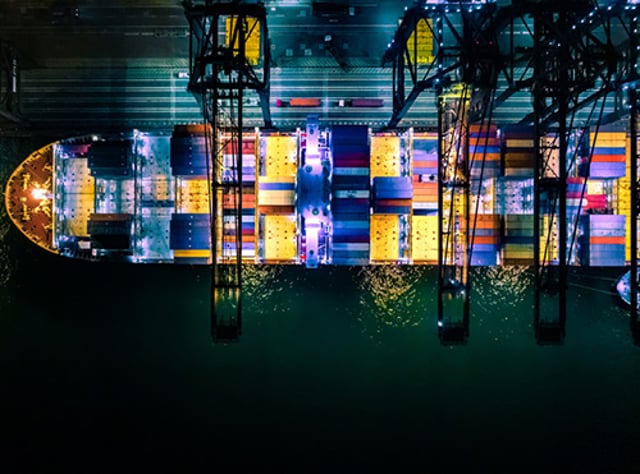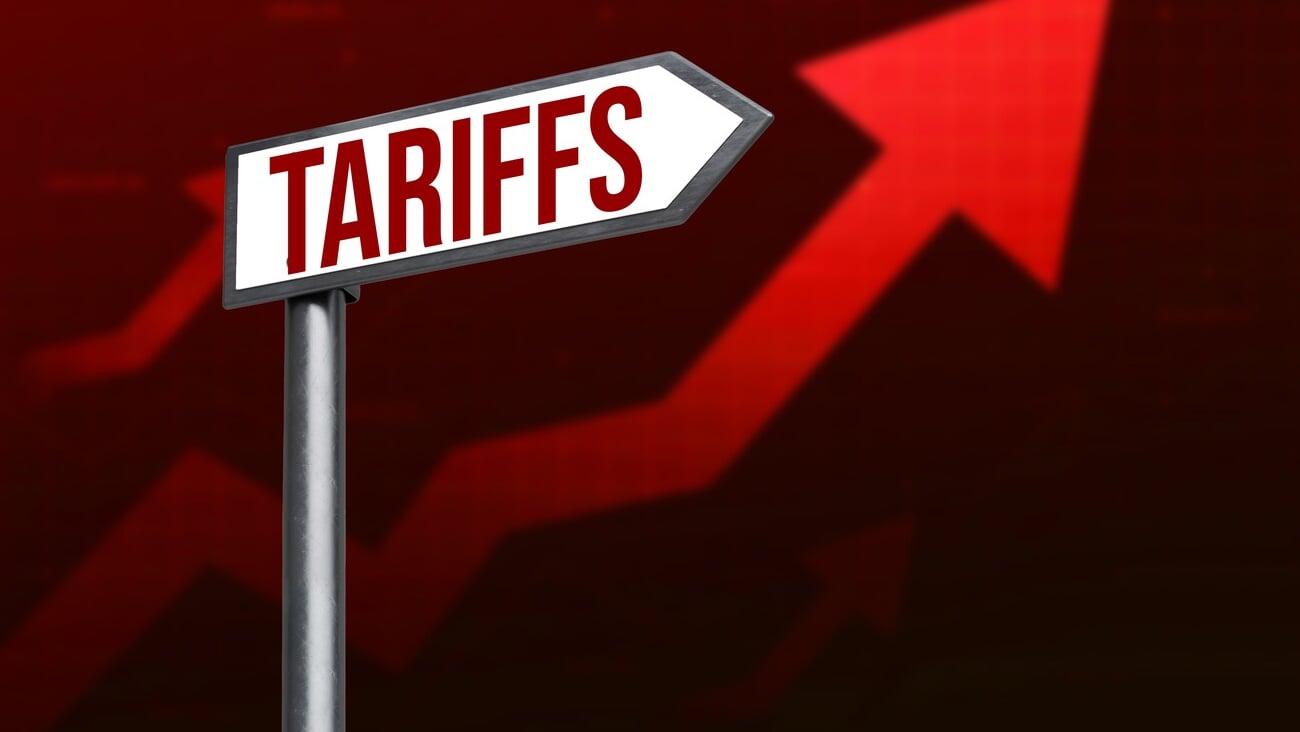Is Ship Congestion Finally Easing Up?
Since early 2020, the U.S. has grappled with disruptions in the international supply chain, much of which was a direct result of the Covid pandemic. Between the labor shortage and rising consumer demand, ports have struggled to quickly process the shipping containers coming in and out.
The shipping congestion reached a peak in the summer of 2021 when nearly 100 ships were queued outside of the Los Angeles port. The congestion took months to remedy, with aftereffects trickling into 2022.
Flash forward to this year, and the LA port as of this writing has only ten ships queued. But unfortunately, the same cannot be said for East Coast ports, at which record-high queues are forming, adding further strain to the supply chain.
So just how bad is the shipping congestion now? And how will it affect the ongoing supply chain crisis? Let’s take a look.
So, just how bad is it?
As recently as July 2022, North American shipping queues were at record highs again, despite the decline in the LA queue. In July, some 153 ships were waiting off the North American coast, a 66 percent increase from June.
What’s more, the overall wait time for a container to move through the shipping process has increased. A container now spends about 20 % more time he system than pre-pandemic for a typical end-to-end process.
The ports are the beating heart of America’s supply chain. A whopping 76% of all U.S. trades involve marine transportation, with the majority of imported goods entering the U.S. through our ports. If you take a step back and look at the global state of international trade, that figure is even more staggering, with 90% of all international trade happening via marine transportation.
The baseline problem is the size of the ports themselves. With inventory and consumer demand increasing exponentially each year, you would think that the ports would be modernized and expanded frequently to handle the new load, but that is simply not the case. Most ports are rarely updated and even when they are, they still have insufficient infrastructure to handle the traffic.
The LA port, for example, was built in 1907, and today the port still has just seven container terminals and 25 cargo terminals. The LA port is the busiest port in the Western Hemisphere and is responsible for about 37% of all U.S. imports and 22 percent of all exports.
The last time the port was updated was in 2000 during the Pier 400 Dredging and Landfill Program. But the program focused on updating existing infrastructure and dredging the channels deeper for larger boats to pass through, but not on adding much-needed terminals. The project was intended to bring the port’s capacity to about half a million containers per month. However, you might recall that the port made headlines during the pandemic for not being able to keep up with traffic.
The conditions of the LA port, despite the smaller queue of ships waiting to dock, don’t seem to be easing up anytime soon. The container volume for the LA port increased 16% in the last year alone and there are currently over 10 million containers sitting in the terminals waiting to be moved.
The ports are only the beginning of the domestic supply chain. From the ships, containers are moved onto freight trains and trucks, then moved cross-country to the store shelves. So stressors at the ports of entry will inevitably stall the rest of the supply chain. The delays have affected nearly every industry.
Despite the economic uncertainty of the pandemic, significant inflation, and a looming recession, demand is surprisingly strong. Consumers spent 18% more in March 2022 than they did in 2020, leaving suppliers under pressure to keep up with demand and placing additional pressure on an already strained supply chain. Add in the military conflict in Ukraine, which is hindering trade and siphoning resources, and you have a perfect recipe for a supply chain disaster.
Technology is Key
In order to untangle this supply chain mess, the best place to start problem solving is the ports themselves. Besides adding more terminals, what can be done to improve the functionality of the ports? The answer may lie in better technology.
One solution to this problem would be for ports to create digital twins. Digital twins involve the virtual replication of a real-life environment, which can be modified to test out new configurations without affecting the real environment. The programs that run digital twins use sensors and real-world data to create a virtual model of a particular organization or process. The digital twin can then help predict how changes will play out in the environment and then simulate the outcome.
Digital twins allow facilities to replicate massive and complex environments. Las Vegas used a digital twin to simulate what it would be like to add more casinos to the Strip, change traffic patterns, increase the population, simulate emergency situations, and so much more. A digital twin could be a great tool to test out new automation technologies for ports and see how much additional volume the port can handle.
Combining automation technology with a digital twin also bypasses the problems presented by the labor shortage. You don’t need to hire more workers to work a digital twin, or to install automation technology. In fact, you can use this technology to find ways around the labor shortage by testing out the effects of different numbers of employees and finding ways to maximize productivity with a minimum of staff.
Despite the plethora of new technologies available to ports, many still rely on paper-based systems. It’s an industry that is ripe for digitization. A lot of the time it takes ports to process containers is lost to tracking down paperwork and executing redundant procedures. Considering the effect that the supply chain has on the nation’s overall economy, digitization needs to become a clear priority.
The Role of Blockchain
Another technology that can help in modernizing ports is blockchain. We tend to associate blockchain with cryptocurrency, but blockchain could actually help make port systems more organized and efficient. Blockchain involves the decentralized, public digital recording of financial transactions across all computers on a network. The technology keeps a record of the movement of different assets, whether that asset be tangible or intangible.
Blockchain also pairs perfectly with a digital twin, recording all of the data from simulations and creating a transaction history, sort of like digital breadcrumbs, which engineers can then use to implement changes. Blockchain could thereby help ports pool data from different stages of the cargo receiving and dispatching process to help identify weak spots and pain points.
Considering the impact that our ports have on the country’s economy, it’s crucial that ports adopt the right technologies to create a more efficient and resilient system. The effects will inevitably fan out into the rest of the supply chain and, hopefully, have positive effects on the economy moving forward.





